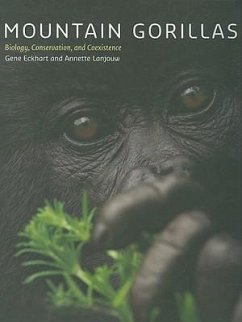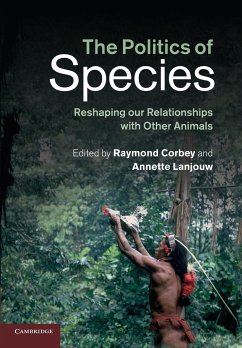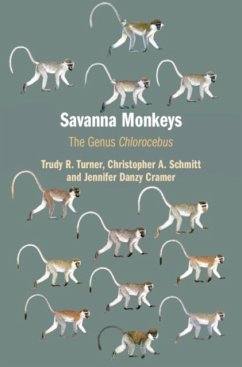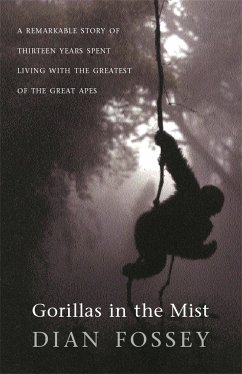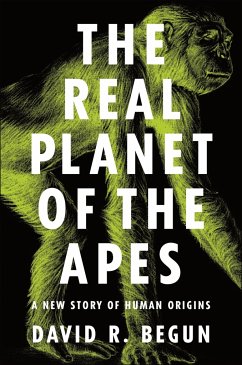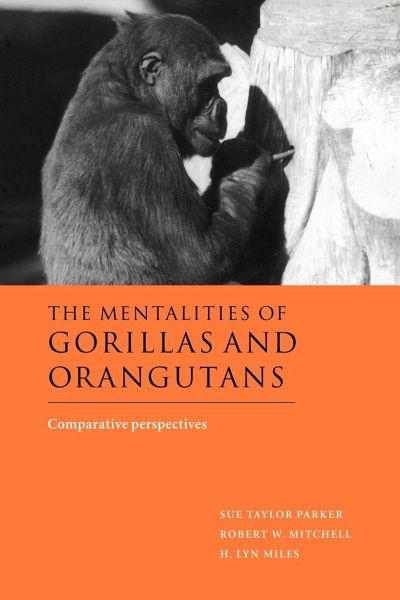
The Mentalities of Gorillas and Orangutans
Comparative Perspectives
Herausgeber: Parker, Sue Taylor; Miles, H. Lyn; Mitchell, Robert W.
Versandkostenfrei!
Versandfertig in 1-2 Wochen
51,99 €
inkl. MwSt.
Weitere Ausgaben:

PAYBACK Punkte
26 °P sammeln!
This interesting 1999 study sets gorilla and orangutan cognitive abilities in context with the other great apes and humans.





